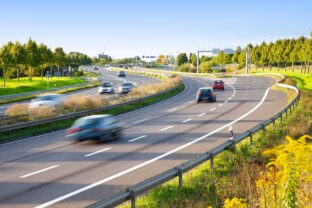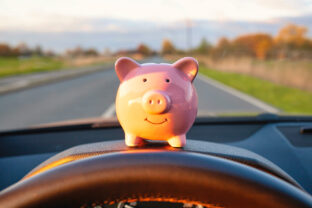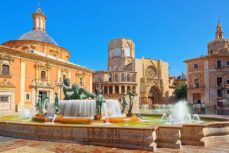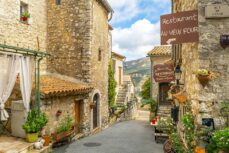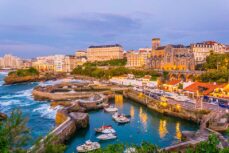Slow tourism, slow travel: transforming your travel experience
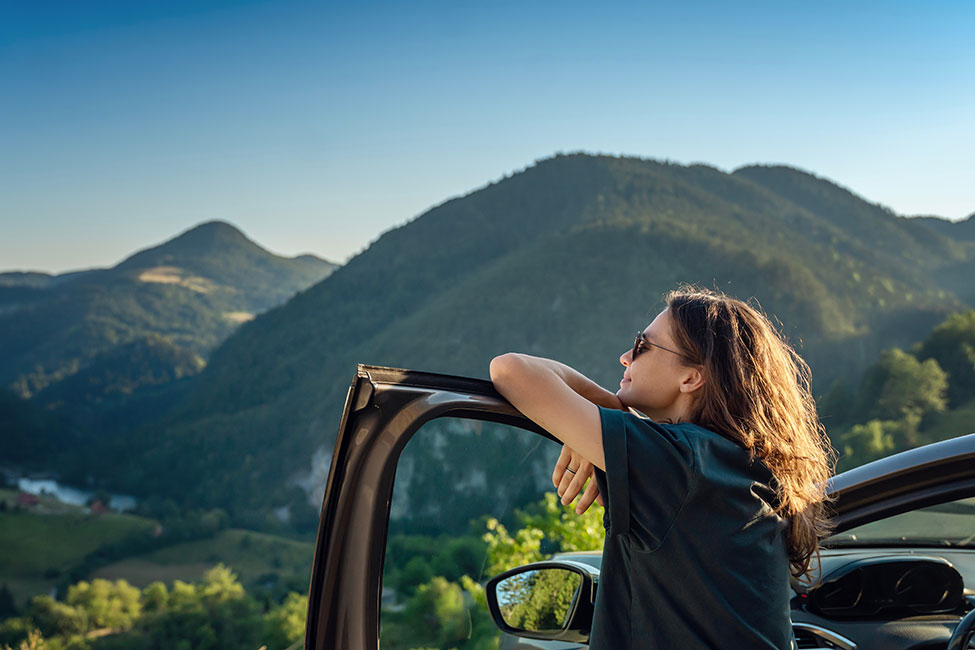
Slow tourism with your itinerary choices
Plan your itinerary for a slow trip
As an alternative form of tourism that encourages people to take their time and respect the environment, slow tourism is above all an invitation to travel more serenely. And the first step in serene travel is planning your route.
Avoid any stress during the journey and enjoy it even more, for example, by searching for your ideal itinerary on ViaMichelin. As well as helping you find service stations and rest areas on your route, it will also make your journey more fun with information on useful points of interest. You can find the best places to eat, selected accommodation, and places to visit recommended by the Michelin Green Guide!
The art of taking detours to enhance your experience
Avoiding the main roads not only means you save money on tolls, it is also a chance to rediscover the charm of picnic breaks in the heart of nature and explore undiscovered spots. You can even enjoy a little siesta away from overcrowded rest areas.
Choose detours rather than more direct routes and leave time for the unexpected, with hidden gems and big surprises along the way: spectacular sites, breathtaking views, charming villages…
The art of slow travel also involves choosing quieter and lesser-known destinations. Turning away from mass tourism gives you the opportunity to discover places that are often more authentic.
Avoid the crowds in tourist spots that have become victims of their own success and choose lesser-known destinations that have just as much to offer, such as remarkably preserved Roman sites, or simply undiscovered places close to home… Enjoying your region also means going slow!
Combine car travel with slow transport
Finally, you could also consider combining different forms of transport with the car to make your journey more eco-friendly. Take your bikes along on every trip and hop on at stopovers or enjoy a ride whenever the opportunity arises! The train is another option, and in some places, you can even take your car on board. For example, in Switzerland, a pioneer in car-train travel, or under the English Channel on the Shuttle. If you don’t have a car, or prefer not to use your own vehicle, why not travel by train and then hire an electric car at your destination station?
Slow tourism with your choice of experiences
Choose less busy roads and places
Slow tourism means changing habits, but it means changing your attitude too.
Not only do you allow yourself to take time, you also make different choices at your destination. In the same mindset, favor the quality of your experiences rather than the quantity. And be guided by your wishes rather than constraints!
Can’t stand amusement parks? Look for national parks instead. Do you find temples of consumerism and souvenir stores depressing? Seek out protected areas of unspoilt beauty where the only temptation is to take your time.
Slow tourism, an invitation to open up to others
Slow tourism is above all a state of mind that you adopt by being open to others. Lifting your foot from the pedal often gives you more chances to share an amazing moment, some tips, or even just a smile with other travelers.
Why not linger in conversation with locals, who are often the best people to talk to when it comes to finding out more about the history of a place? They also know all the hidden corners to explore and are happy to share their knowledge!
There’s no such thing as slow tourism without a real sense of switching off. Traveling differently is an invitation to take a break from the often-hectic pace of everyday life. How about finally doing all those things you never have time to do?
Swap the virtual world for real local life
Slow tourism is also a great opportunity for a digital detox with a break from social networks and the constant stream of notifications and news. And slow tourism also means taking it easy and doing nothing, or very little. Here’s to naps, contemplation and other forms of meditation…
Shopping and visiting the local area is another effective way to practice slow tourism or eco-tourism. For more responsible tastings, choose local produce and producers at markets or farms near your vacation destination. Finally, spend time exploring the local heritage, which often has a wealth of cultural, historical, and natural sites to offer: the best ambassadors of a region’s identity.
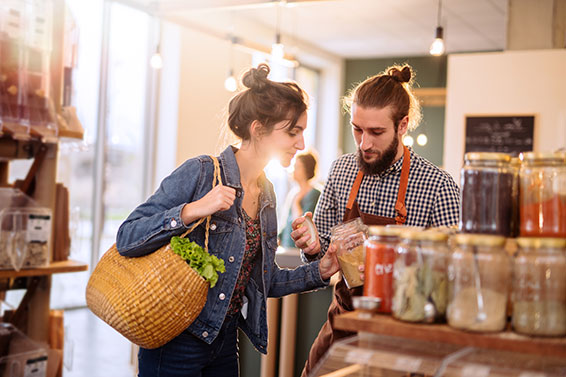
Slow tourism with ethical choices
The electric car, essential for more sustainable travel
You can, of course, find addresses and service providers which promote more sustainable travel. But traveling differently above all means a different way of driving, starting with the switch from an internal combustion engine to an electric car.
There have never been so many options, whether you’re taking advantage of special incentives to encourage greener travel or retrofitting an electric engine in place of an internal combustion one. The very buoyant market for second-hand zero-emission vehicles is also opening up more affordable options for low-carbon driving.
Sustainable tourism made possible by committed service providers
At lunchtime, choose restaurants that have signed up to a sustainable approach to gastronomy. Respect for seasonality, care with the origin of products, responsible management of waste… These are precisely the aspects rewarded by the Michelin Guide’s Green Star!
At night, head for sustainable accommodation. From wilderness campsites to 5-star hotels perfectly integrated in their surroundings or eco-lodges, you can now find options to suit all budgets and tastes.
More and more service providers are adopting a sustainable development approach, for example, with self-sufficiency or use of 100% environmentally friendly materials. If you don’t know where or how to find them, various specialized labels are on hand to guide you.
Labels to identify eco-friendly accommodation
The Ecogîte label from Gîtes de France is just one of the many designations to help you make informed choices. It is awarded to bed and breakfasts and other vacation rentals that respect the environment and preserve natural resources. Another benchmark is the Clef Verte, an international label for environmentally friendly accommodation providers and restaurants.
These commitments are measured according to various criteria, including management of water, energy and waste, and short-channel purchasing. This is a perfect solution to combine practical requirements with pleasure by staying in establishments that share your values and help you reduce the impact of your trip without compromising on comfort!



